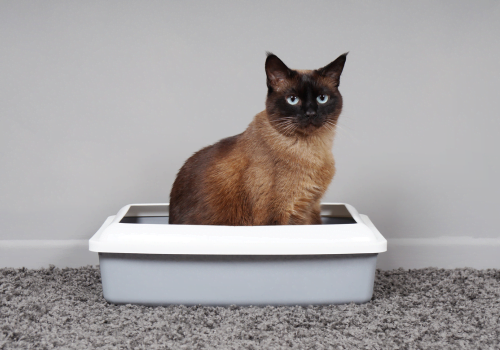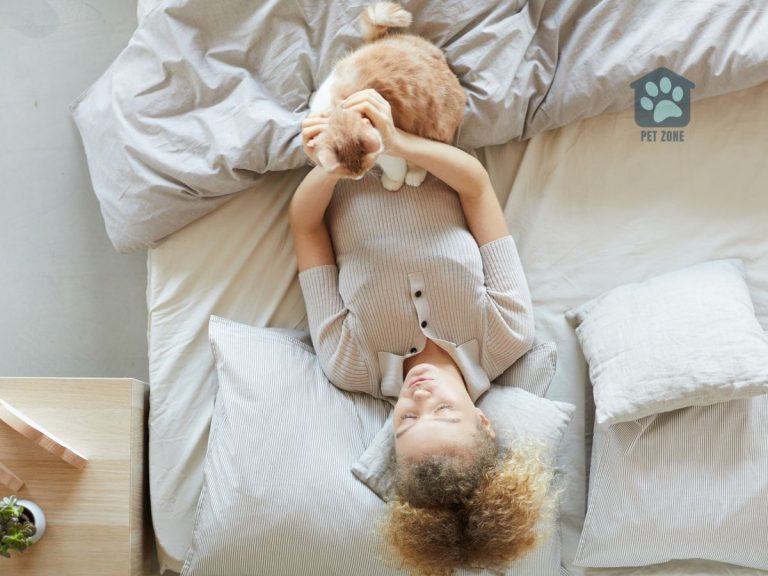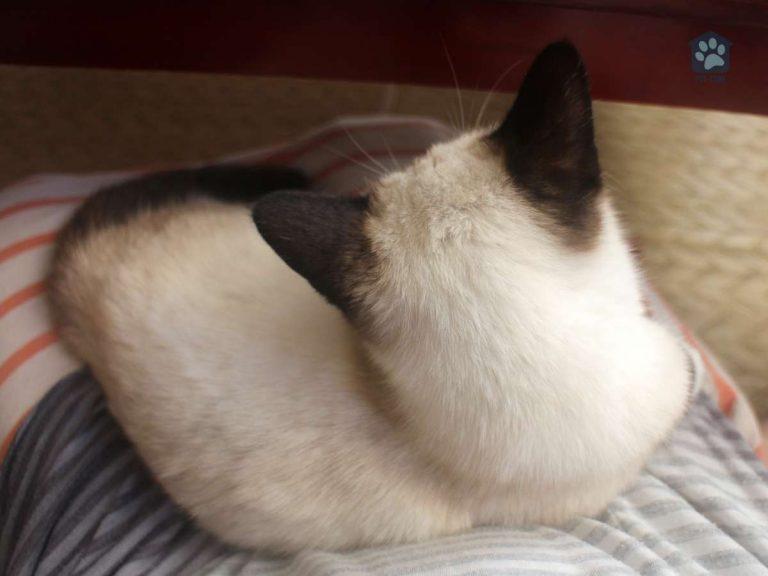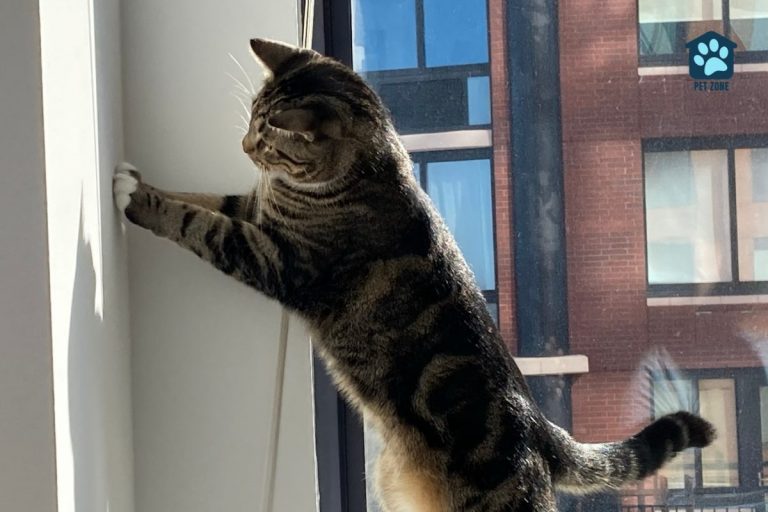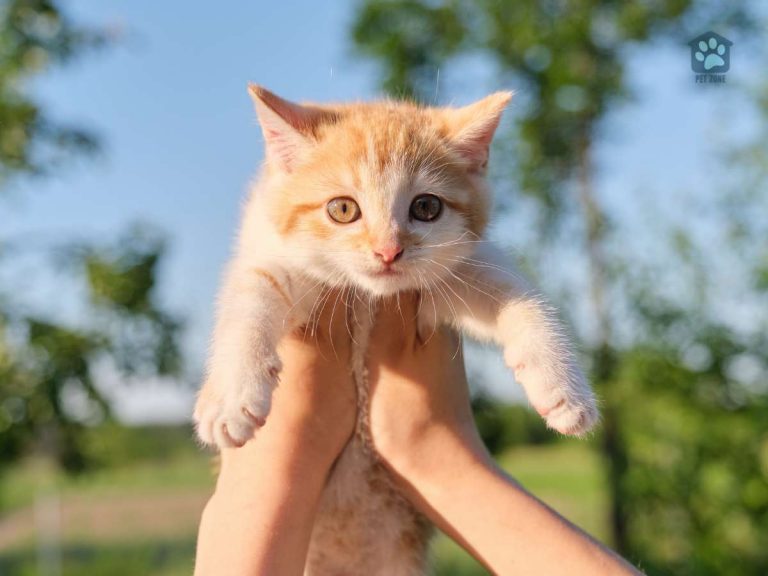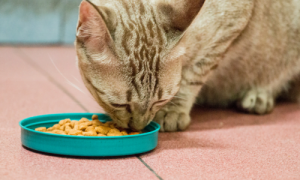Estimated reading time: 6 minutes
Picture this: It’s late at night, your cat seems restless, but you can’t figure out why. Could it be a serious issue?
Knowing the answer to one simple question could save your cat’s life: how long can a cat go without peeing? Believe it or not, this is a critical factor in feline health.
How Many Times a Day Should a Cat Pee?
On average, most cats will urinate 2-4 times daily. This can vary from one cat to another, and it’s important to know your cat’s usual peeing schedule.
If your cat is peeing more or less frequently than usual, it’s worth checking in with your vet.
How Long Can a Cat Go Without Peeing?
Generally, a healthy cat can hold their pee for 24 to 48 hours without urinating. But remember, that’s not something you want to test!
It’s important that your furry friend has regular bathroom breaks to ensure their bladder and urinary tract remain in good shape.
The Importance of the Litter Box
A clean, easily accessible litter box is key in encouraging your cat to pee regularly. Imagine if your bathroom was dirty and far away – you’d probably hold it in too!
Make sure your cat’s litter box is in a calm, quiet location, and scoop it daily. A happy cat is a cat that uses its litter box regularly!
Is One Litter Box Enough for One Cat?
While it seems logical that one litter box should suffice for one cat, many experts recommend having one more box than the number of cats you have.
That means, for a single cat, two litter boxes might be a better option. Why? Well, cats are known to be meticulous creatures and appreciate cleanliness. They often prefer to pee and poop in separate areas.
Also, having an extra litter box reduces the chance of ‘accidents’ if the primary litter box is dirty or occupied. Plus, it gives your kitty an alternative if they start associating their current litter box with any negative experiences, like pain while urinating due to a health issue.
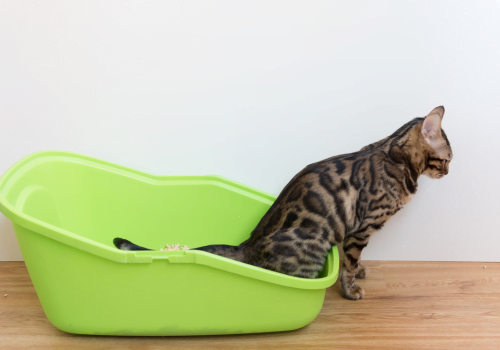
The Role of the Urinary Tract and Bladder
Your cat’s urinary tract and bladder play an essential role in urination. When your cat drinks water, it passes through their body and collects waste products, forming urine in the bladder.
Regular urination helps flush these waste products out, keeping your cat healthy.
What Happens to Cats If They Stop Peeing?
Cats are pros at hiding their pain, but if your cat hasn’t been using the litter box, it’s time to sit up and pay attention.
When a cat can’t pee, it’s often a sign of a urinary blockage – a dangerous, potentially life-threatening condition. Urine builds up, causing the bladder to become painfully distended.
Over time, toxins accumulate in the cat’s body, leading to a myriad of health issues. A blocked cat may also become lethargic, lose its appetite, or start vomiting. If left untreated, a urinary blockage can lead to kidney failure or even a ruptured bladder.
This is particularly common in male cats, whose narrow urethras make them more susceptible to blockages.
If you suspect your cat is unable to pee, rush them to the vet immediately. It’s a real emergency, and time is of the essence!
What Factors Cause a Cat Not to Pee?
There are various reasons why one cat may hold their pee longer than another. These can include stress, a change in routine, or medical issues like feline lower urinary tract disease. This condition can make urinating uncomfortable for your cat, causing them to avoid the litter box.
What are the Symptoms of a Cat with Lower Urinary Tract Disease?
Lower Urinary Tract Disease (LUTD) can be a tricky condition to spot in our feline friends. It’s important to be aware of the signs, so you can take action quickly if your cat is affected.
Cats with LUTD may exhibit several symptoms. For starters, your cat may make frequent trips to the litter box but only produce a small amount of urine each time. You may also notice your cat straining to urinate or even crying out in pain while peeing.
Additionally, cats with this condition may start peeing outside the litter box or show signs of blood in their urine. In some cases, they might even start licking their urinary opening excessively.
If you notice any of these symptoms, it’s crucial to take your cat to the vet immediately. LUTD can become serious if not treated promptly, and your vet is best equipped to provide the appropriate care.
How Do I Know If My Cat Isn’t Peeing?
If you’re scooping out the litter box and notice fewer clumps than usual, it could be a sign that your cat isn’t peeing as much as they should be.
Some other signs might include your cat repeatedly trying to use the litter box without success, crying or straining when trying to urinate, or showing signs of discomfort such as restlessness or excessive grooming of the genital area.
Also, if your cat starts having ‘accidents’ outside the litter box, it could be their way of telling you something is not quite right.
Remember, any change in your cat’s peeing habits warrants a call to your vet, so don’t hesitate to reach out if you have any concerns!
Keeping an Eye on Your Cat’s Urine
As a responsible cat owner, it’s essential to keep an eye out for any changes in your cat’s pee.
If your cat’s urine is dark, strong-smelling, or if you notice your cat having difficulty peeing, it might be time to take your cat to the vet.
The Role of Cat Food and Hydration
What your cat eats can impact how often they urinate. Wet cat food is a great way to help your cat stay hydrated, which can encourage your cat to urinate regularly.
Alongside this, ensure your cat always has a full water bowl. Cats are notorious for not drinking enough water, which can impact their ability to urinate.
The Golden Rule: When In Doubt, Reach Out!
If you notice any changes in your cat’s peeing behavior or if your cat hasn’t urinated in 24 to 48 hours, it’s essential to consult your vet immediately.
Difficulty peeing or not peeing at all could be a sign of a severe health issue like a urinary blockage, especially in male cats.
Remember, it’s always better to be safe than sorry!
Conclusion
Regular peeing is a critical part of keeping your cat healthy. While the length of time a cat can go without peeing varies, the maximum is usually 48 hours. It’s essential to keep a close eye on their habits and consult your vet if anything seems out of the ordinary.
What are your thoughts on this topic? Have you had any experiences with your cat’s urinary health that you’d like to share? We’d love to hear your stories and advice in the comments below!
If you found this information helpful, feel free to share this post on your social media channels. Let’s spread the word and help all our furry friends stay happy and healthy!
As an Amazon Associate I earn from qualifying purchases.


